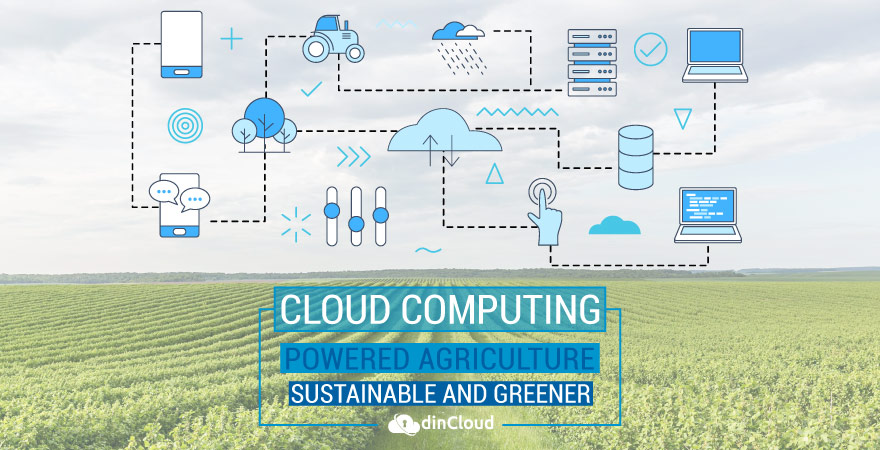We normally blame huge factories and the millions of automobiles for all the adverse impact on the climate, which is ultimately leading to global warming. In the present day and age, the threat of global warming is truly making headlines across the globe.
Not long ago, this mainly seemed like a naysayer’s idea of putting a halt to global and technological development. Turns out, this threat of global warming is quite real, threating entire cities due to rising sea levels across the globe.
However, one thing that may come as a surprise to some readers is that Agriculture is also among one of the larger contributors to global warming and climate change. As per United Nations (UN), agriculture is responsible for 12% of global green house gas emissions.

While this figure may not sound that much astounding, the following figures are sure to ring some alarm bells. The agriculture sector accounts for nearly 50% of methane, and 60% of nitrous oxide emissions globally.
Related: 10 Compelling Reasons SMBs Need Cloud Computing
Both these gases are much more harmful as compared to carbon dioxide, when it comes to trapping heat within the Earth’s atmosphere. However, agriculture is something that cannot be halted, as there are billions of people to feed all over the world.
Cloud Computing and Agriculture
So, the solution does not lie in putting an end to agriculture altogether. Instead, the way forward is a move towards “greener” agricultural processes. This need extends to nearly all the areas of agriculture, starting from land preparation, and ending at harvesting.
This is still a pertinent question that what does Cloud Computing have to do with more environment friendly agriculture. By combining Cloud Computing with other technologies such as Artificial Intelligence (AI) and Machine Learning (ML), a lot can be achieved.
A Cloud Powered Farming Environment
Green agriculture starts with collecting the maximum amount of data about the soil, crop, atmosphere, and a host of other factors. A Cloud Computing powered agricultural setup relies on the Internet of Things (IoT), automation and data analytics.
It all starts by installing intelligent sensors all across the fields, which are interconnected in real time over the Cloud Computing infrastructure. These sensors will continuously be transmitting real time data to farmers on various parameters.
This collected data will then be benchmarked against the prescribed metrics related to any particular crop, which will include factors like moisture, humidity and temperature etc. That way, farmers will apply fertilizers, pesticides and water only when it is essentially needed.
Cloud computing powered solutions do not just stop here. After analyzing the collected data over the cloud infrastructure, the results are fed to farmers in real-time for taking necessary steps towards greener agricultural practices.
Related: How Will 5G Actually Impact the Cloud Industry?
Example of Cloud Computing Powered Farming
Lets say a farmer is watering his fields, using the real time data collected and analyzed over Cloud Computing. Sensors in some areas of the field will already indicate ample amount of moisture in the crop, thus eliminating the need for any further watering.
That way, the farmer will not only be able to conserve water, but also realize a lot of cost savings on countless other farming related activities. That way, we will be able to move towards greener agricultural practices, and mitigate the looming threat of global warming.
Related: Cloud Computing Business Applications and Implementations
Conclusion
Technologies like Cloud Computing, Artificial Intelligence (AI), Machine Learning (ML) and data analytics etc. can work in unison to transform the agricultural landscape, whether it is a matter of reducing global warming, or improving the yield levels from crops.


